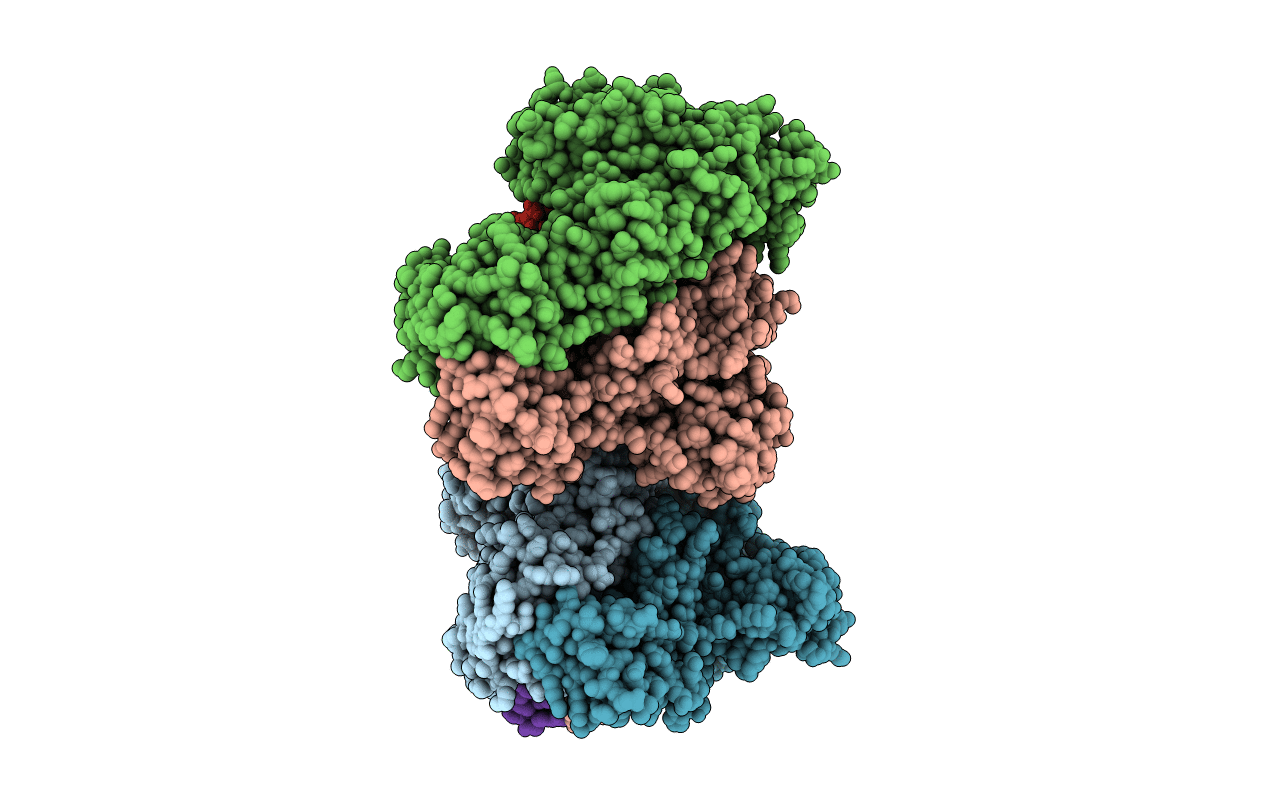
Deposition Date
2021-06-09
Release Date
2021-12-08
Last Version Date
2024-01-31
Entry Detail
PDB ID:
7OT6
Keywords:
Title:
HIV-1 REVERSE TRANSCRIPTASE COMPLEX WITH DNA AND inhibitor RMC-282
Biological Source:
Source Organism:
Human immunodeficiency virus type 1 group M subtype B (isolate BH10) (Taxon ID: 11678)
Homo sapiens (Taxon ID: 9606)
Homo sapiens (Taxon ID: 9606)
Host Organism:
Method Details:
Experimental Method:
Resolution:
3.20 Å
R-Value Free:
0.25
R-Value Work:
0.22
R-Value Observed:
0.22
Space Group:
P 1 21 1


